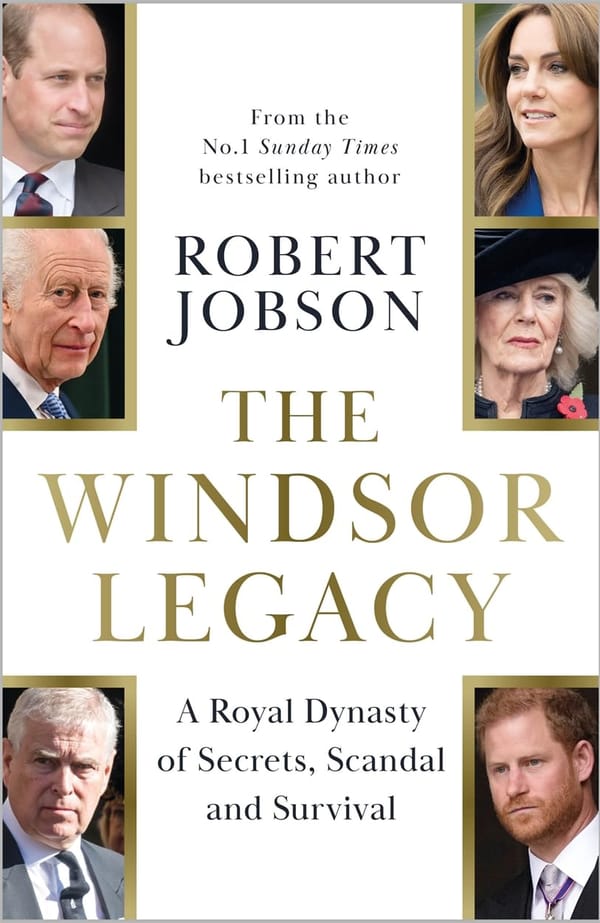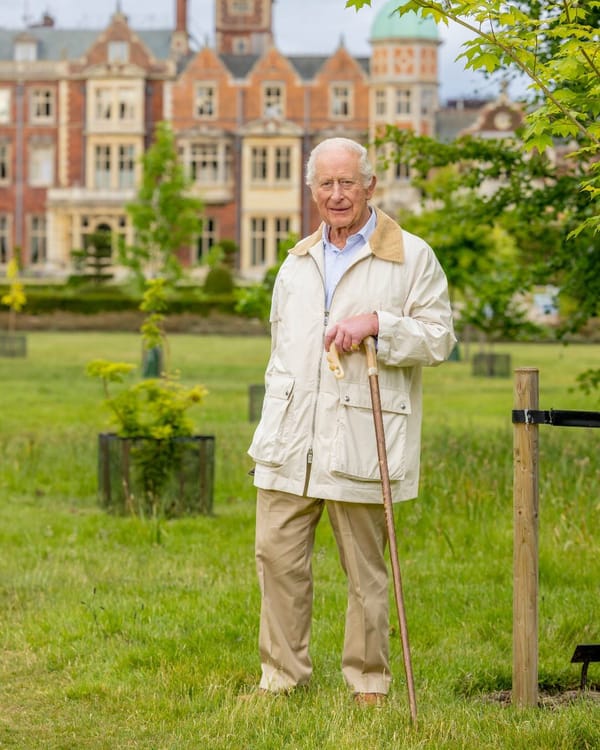Public funding for royals triples since 2012 for a very good reason - conservation work

Official data reveals that public funding for Britain's Royal Household has experienced a threefold increase in real terms since 2012, primarily driven by extensive renovation work at Buckingham Palace. The Sovereign Grant, which serves as the financial backbone for the monarchy's official functions, was initially established at £31 million annually in 2012. Today, that figure stands at £132.1 million, representing a significant expansion of the royal purse.
April 2025 saw a particularly sharp 53% jump in the grant, rising from £86.3 million to its current level. Royal officials attribute this substantial increase to the ongoing Buckingham Palace refurbishment project and insist the funding will decrease once these works are completed, emphasizing that the monarchy continues to offer value to British taxpayers.
The Funding Mechanism Under Scrutiny
The calculation method for the Sovereign Grant has drawn criticism from notable figures including Lord Turnbull, a crossbench peer and former Cabinet Secretary. He described the formula, which bases royal funding on Crown Estate profits, as "complete and utter nonsense." However, Lord Turnbull also noted that when compared to the costs of presidential heads of state in other nations, the budget isn't particularly excessive.
The grant's primary purpose is supporting the official duties of the monarchy. Financial records from 2023-24 reveal that property maintenance and staff salaries consumed the largest portions of the budget, with lesser amounts allocated to travel, hospitality, and housekeeping.
The Numbers Through Time
Analysis from the House of Commons Library illustrates the grant's growth over time, using inflation-adjusted figures with 2023-24 values as a reference point. Using this measurement, the Sovereign Grant's real value in 2012-13 was £41.5 million, which climbed to nearly £100 million by 2018-19 to fund Buckingham Palace renovations. In 2025-26, it reached £129.3 million, again primarily for Palace restoration work.
Bank of England calculations similarly demonstrate the grant has tripled in value since its inception, although Buckingham Palace uses a slightly different methodology that shows a marginally lower increase.
Palace Renovations: The Main Cost Driver
Palace representatives emphasize that current elevated funding levels stem from a decade-long, £369 million modernization initiative at Buckingham Palace. This comprehensive project addresses essential infrastructure including cabling, plumbing, wiring, and elevator systems. The National Audit Office has reviewed the project and deemed it well-managed and cost-effective.
"The Sovereign Grant remained virtually flat for five years from 2020, during a period of high inflation," explained a Palace spokesperson. "The majority of the increase in this year's Sovereign Grant is to fund the Buckingham Palace Reservicing Programme, which is ensuring that the Palace, a national asset, is accessible and protected from fire and flood."
The spokesperson added: "A temporary increase in the grant across two years was approved to provide the remainder of the funding agreed in 2016 for this reservicing work. It has always been anticipated that the level of the Sovereign Grant will drop once the project is completed."
This suggests public funding could decrease after 2027 when renovations are expected to conclude.
Fiscal Context and Comparisons
The substantial increase in royal funding has occurred during a challenging period for UK public finances, characterized by austerity measures and tight budget controls across government departments.
For perspective, the Institute for Fiscal Studies reported that public education spending in England decreased by 11% in real terms between 2010-11 and 2023-24, though the institute cautions against direct comparisons between multi-billion-pound education budgets and the relatively smaller Sovereign Grant.
Historical data from the House of Commons Library shows that pre-Sovereign Grant funding for the monarchy was considerably lower than current levels. When adjusted to 2023-24 values, royal funding amounted to £67 million in 2000 and £56 million in 2005.
Evolution of the Funding Model
The Sovereign Grant was introduced as a "modern, transparent" approach to consolidating royal funding. When presented to Parliament in 2011, it was actually projected to reduce royal income.
Originally set at 15% of Crown Estate profits, the percentage was later increased to 25% to cover Buckingham Palace renovation costs. This rate is now being reduced to 12%. However, due to the Crown Estate's windfall profits from offshore wind farm leases, the actual monetary allocation has grown substantially, as it remains percentage-based.
Value Assessment and Public Opinion
Royal commentator Pauline Maclaran from Royal Holloway, University of London, argues that the monarchy "generates a great deal of money and goodwill." Beyond tourism and business promotion, Maclaran highlights the growing importance of royal "soft power."
Royal expert Richard Palmer notes that this year's funding increase has "raised eyebrows," adding: "Of course the head of state and those who support him need to be funded properly, but so do other parts of the state - the health service, schools, the military, for example."
Transparency and Output
Palace sources emphasize that funding undergoes parliamentary approval and is overseen by Royal Trustees including the prime minister, chancellor, and keeper of the privy purse.
Financial records reveal specific expenditures: over £1 million on helicopter flights, a £2.2 million electricity bill, and individual expenses such as the Duke of Kent's £23,000 three-day trip to regimental events in Scotland.
The monarchy's annual activities include hosting 400 events, welcoming 105,000 guests to receptions and garden parties, and conducting 2,300 public engagements supporting charities. The royals also fulfill constitutional duties and participate in state events promoting UK trade interests.
Public Sentiment
Opinion polls indicate continued popularity for the monarchy, with a February 2025 YouGov survey showing 55% viewing the institution positively compared to 36% with negative opinions.
However, funding perspectives are more divided. A December 2024 YouGov poll revealed strong public opposition to government spending on Buckingham Palace, with 56% against compared to 29% in favor.
Age demographics reveal further divisions: 74% of those over 65 consider the royals good value for money, while only 44% of 25-49 year-olds share this view, suggesting potential challenges for the monarchy's financial future as younger generations become more influential in public discourse.




